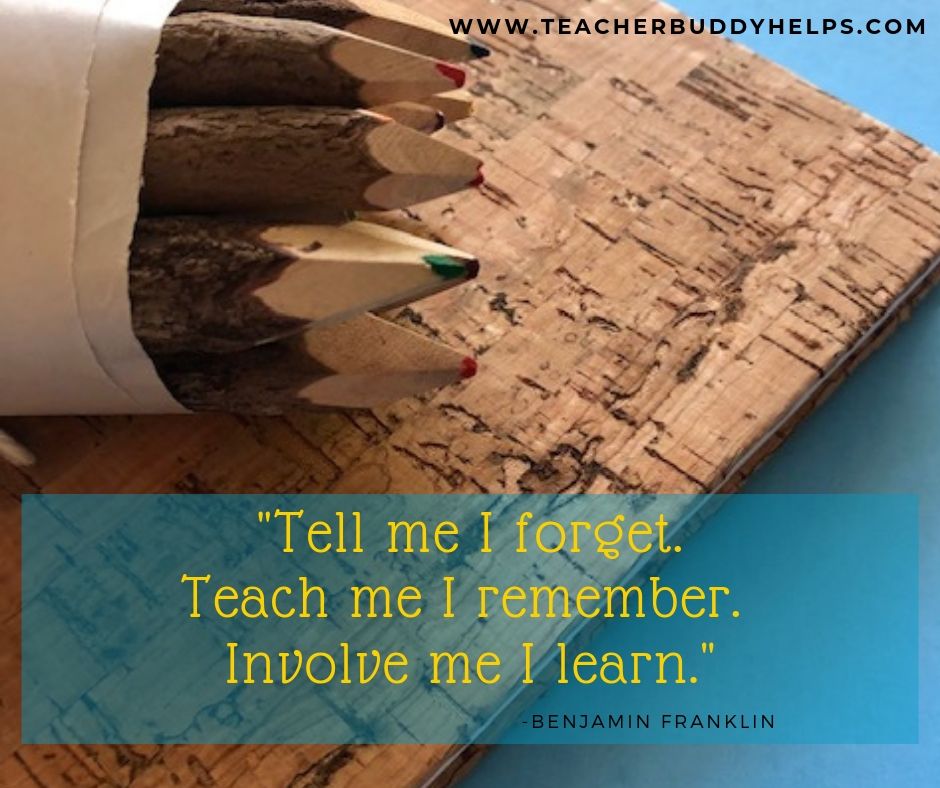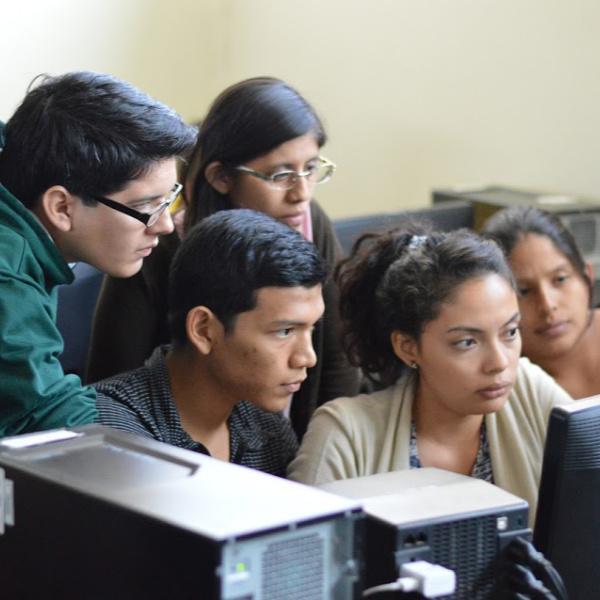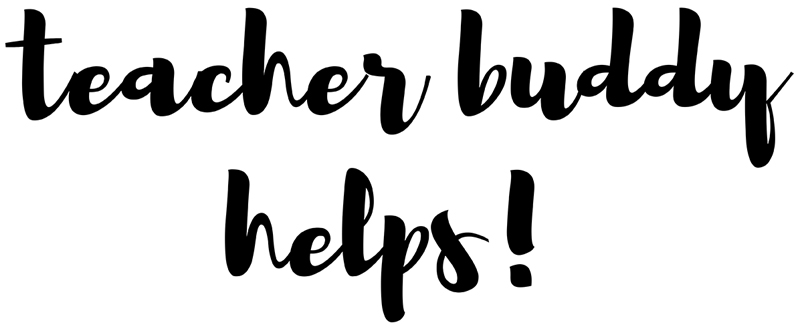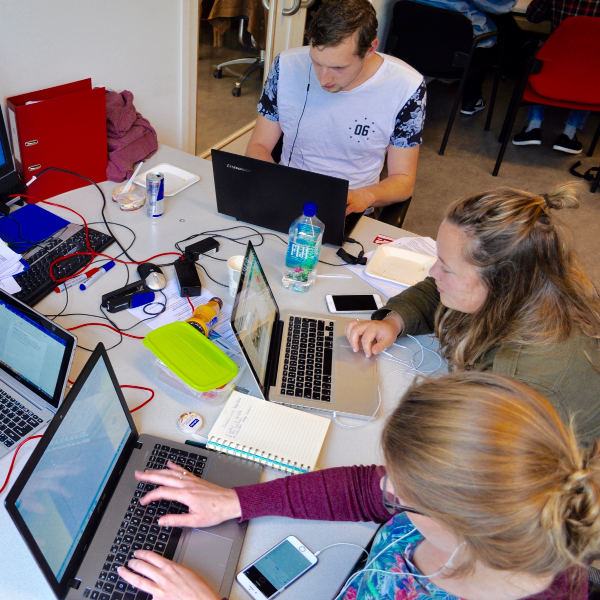12 Reliable Differentiation Strategies for Teachers
What exactly are reliable differentiation strategies? Of course, you all know about differentiation from your college coursework. But the trick is how to implement it so that the students who need it get it AND so the other students don’t miss out in any way.

12 Reliable Differentiation Strategies.
Here are the twelve strategies in a list. A
The list
- Seat your students strategically.
- Have the student sit near the instruction table.
- Create tiered practice for lessons.
- Group students based on knowledge.
- Provide study sheets and notes.
- Leverage the students’ strengths.
- Think-pair-share.
- Include hands-on activities.
- Accept different proof of learning.
- Use computer learning.
- Offer choices for learning.
- Change your students’ desk set-up periodically.
And Now for the details on differentiation strategies.

1. Seat your students strategically.
When you first create your seating charts, you don’t know the students’ strengths and weaknesses yet. But after you do, rearrange the class to better meet the needs of everyone.
For example, you might want to seat the student who just moved to the United States (and doesn’t yet speak English very well) next to a classmate that speaks the same primary language.
Or, you might want to move the student who has vision issues closer to the board and screen. And you may want to have your wiggly one at the end of a row or table so that he/she won’t disturb too many others.
Think strategically about who will be partners with each other when making the seating chart. Remember the rule; don’t put highs and lows together; put highs with other highs (or a medium if needed) and partner lows with mediums. (I hope this makes sense). And never put two lows together because they won’t get work done.
2. Have the student sit near the instructional table.
I mentioned this for a split second above in #1, but here are a few details for you. A struggling student will succeed at a quicker rate if you seat him/her near your area so that you are there to point to the paper, redirect attention back to the assignment, whisper to the student, etc. By being in the front, the student has fewer distractions to compete with his attention span.
Keep in mind, though, that his/her distractibility may also hinder other students (who may be watching him/her instead of watching and listening to instruction). So, knowing this, you might want to try it and see how it works. If it doesn’t work, go to a different idea.
3. Create tiered practice for lessons.
Many lessons can lead into tiered indpendent practice. For example, you can ask a struggling student to just complete the first row of math problems instead of the whole page. Or certain groups can do just the odd problems on the page while the higher students complete the entire page.
You can do a similar thing with assignments in other subject areas. For a main project, you can offer three different ways that students can complete the project. Or have groups of students work on a project together so the artistic student can illustrate for the group, while the student who loves to write can complete the narrative part of the project.
4. Group students based on knowledge.
There may be times where you can specifically create groups based on their previous knowledge. An example of this is the “tried and true” tiered reading groups that comedians joke about being the buzzards and the eagles. This concept might make a funny joke, but there is a reason it is used. For example, in first grade, you will have students ranging in phonemic awareness and phonics to those who are already reading above first-grade
With a span like this (which is quite common) you can never meet all their needs WITHOUT DIFFERENTIATION! Of course, you still teach many concepts whole group, but you ALSO need to pull students by skill level to continue building their skills (while not holding other students back).
One thing I noticed as I moved up in grade levels is that this gap just expands the more grade levels that there are. So, in a fifth-grade class, you can potentially have all skill levels from K-5th in the same class. Hopefully, this doesn’t happen too often in your career.
Here is another article about differentiation for students from the website Schoology called,
“Differentiated Instruction: Definition, Examples and Strategies.”
5. Provide Study Sheets and notes
While I realize in upper elementary you want the students to take their own notes, but sometimes the best option is to have the notes already created for them – or partially created (where they fill in the missing parts as you are teaching).
This is especially helpful when the concept is new or difficult for all students such as in science or social studies. If you have the notes already partially completed on a worksheet, the students are more likely to listen attentively as you teach the new concept.
Even more differentiation strategies!
6. Leverage the student’s strengths
Searching for a student’s strengths is one of the greatest gifts a teacher can give to a student. Recognizing that each student is an individual with his/her own interests and strengths builds self-worth and confidence.
Use this in a positive manner by allowing students to use their strengths (when appropriate) to help them learn. For example, if a student loves music, ask him/her to write a song to teach the class about the lesson. Accept this work in lieu of an assignment or test.
7. Think-Pair-Share
I am a huge supporter of partner sharing, or “think-pair-share” as some publishers and educators call it. BUT ONLY IF IT IS DONE CORRECTLY.
I have written a detailed article on the correct way to use partner sharing as an instructional strategy. So, because there is an entire article about this one, I want you to go there to read about it. You can read it here:
How to Use Effective Partner Sharing as an Instructional Strategy.
8. Include hands-on activities
What is that age-old saying that pops up on Pinterest or Facebook? You know, the one that gets credited to Confusion or some other – wise, ancient Chinese person. Google just told me that Benjamin Franklin also stated it as well. It goes something like this:
TELL me and I forget, TEACH me and I MAY remember, INVOLVE me & I learn.

What better way to discuss #8 of the differentiation strategies than that quote? We all have various memories from our own schooling of activities that our teachers involved us in. Did we conduct a science experiment, build a project, act in a skit, learn a song from a certain time period?
Believe it or not, these are often the things that students remember from school (and not the day to day).
This is a good spot to offer you my FREE downloadable “101 Teacher Tips”. Just complete the form below with your email address and I will zip it right over to you.
**
9. Accept different samples of “proof of learning.”
If you’ve been teaching for a while, you know that sometimes students understand a concept or skill but have a difficult time on tests. Consider this, do you always have to use a test to verify that a student understands? I mentioned something similar to this for #6 regarding students’ strengths.
I realize that we all have to get students prepared for the standardized testing that comes in the spring. BUT, I’m not talking about that kind of testing here. I’m talking about your unit, monthly, theme, chapter tests that you regularly give in order to see if the students have learned the content.
Could you assess this in another way? For a Science concept could the students create a project or drawing to illustrate that they got the gist of the concept.
10. Use computer learning
Computer software programs are THE experts when it comes to student differentiation. The companies that create software programs spend millions of dollars and hire tons of experts to create the “teaching/learning software.”
Most of the good ones have instruction, assessment and reteaching built into the program. Students move at their own pace and (with many programs) must pass one level to move on to the next.
These programs are great for individual student work. For example, if a student is away for a period of time (trip or hospital) you can assign this work to teach what was missed during their absence from class.
AND, on a side note, there are some excellent programs out there that prepare students for the standardized testing. You should check some of them out.

11. Offer choices for learning
Students (and adults) love being given the option of choices. Is there a certain day of the week where you can offer “choice time” to students. Allow some to work on computers, others to do art, others to create projects, or whatever you can think of.
When students get choices at times, they tend to enjoy school more.
12. Change your students’ desk set-up periodically.
Making a new desk arrangement revitalizes everyone, including you. Students love to try another spot in the room and to be near other students. And believe it or not, this is also one of the better differentiation strategies.
By allowing students to interact with a new table of students lets them build relationships and find other students to work with.
Well, that’s all twelve! Which ones have you tried? Is there one you want to try next? Do you have another differentiation strategy that you use that isn’t listed here? I’d love to hear about it.
Until Next Time,
Your Teacher Buddy






